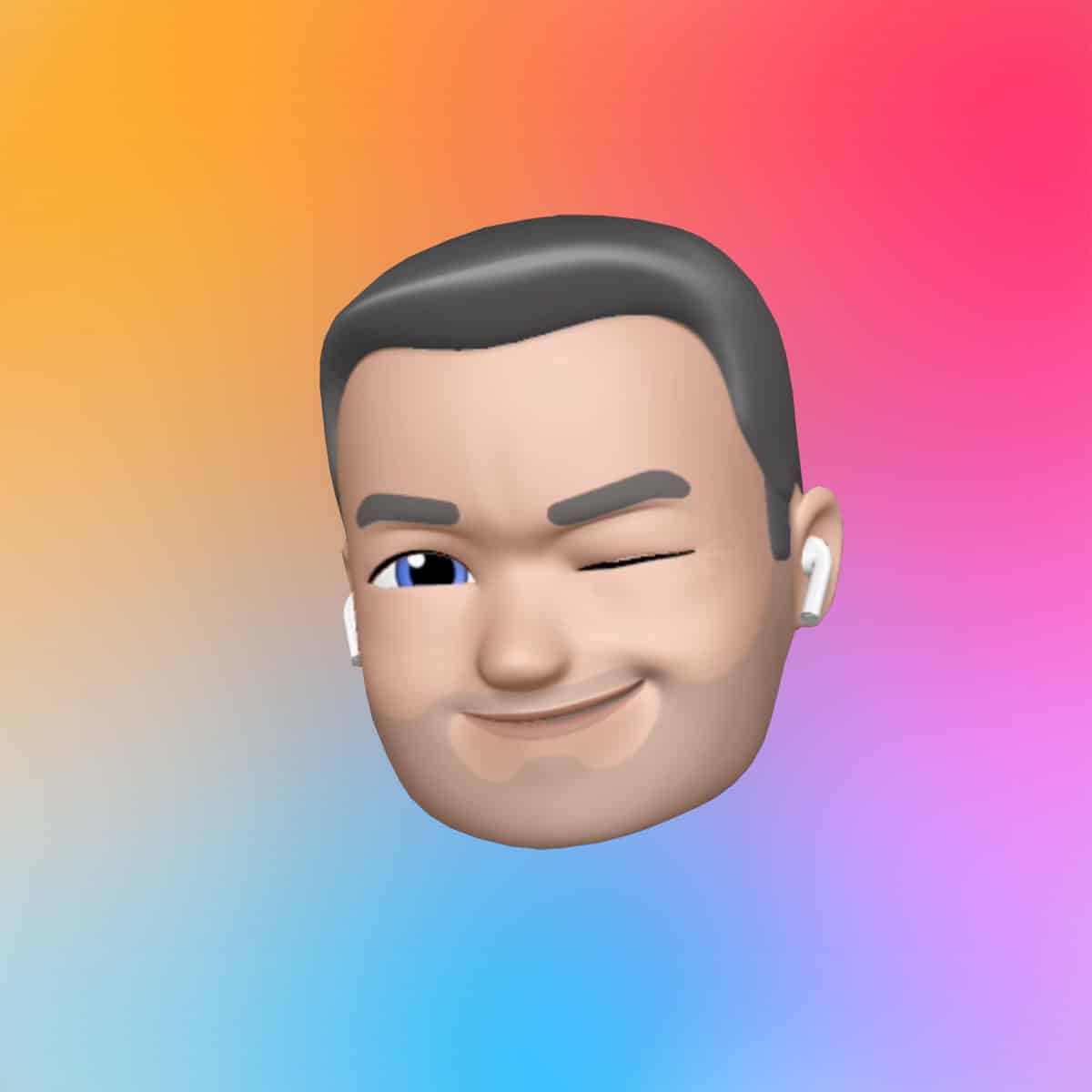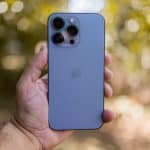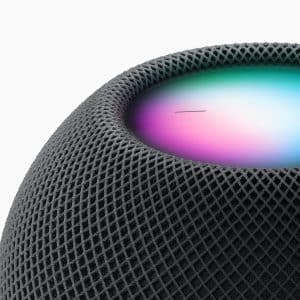Apple is betting that people want to pay with a tap of the phone rather than a swipe of the card.
The technology company on Tuesday introduced a new digital wallet service called Apple Pay that is integrated with its Passbook credential-storage app and its fingerprint ID security system.
The announcement came as Apple introduced several new products including a new, larger iPhone 6 and a watch. Apple Pay is designed to let iPhone 6 owners use their smartphones to pay for purchases at brick-and-mortar stores as well as online via apps. The company says it’s easier and more secure than using a credit or debit card. And it puts Apple in direct competition with services like PayPal and Google Wallet.
So-called mobile proximity payments are expected to grow exponentially over the next few years. Citi Investment Research analyst Mark May said they could grow from $1 billion in 2013 to $58.4 billion by 2017. Still, consumers will have to weigh the convenience of not pulling out a card with the possible danger of storing important financial information on their phones, particularly as retailers like Target and Home Depot report data breaches, and hackers crack celebrities’ iCloud accounts.
In stores, the system uses a technology called near-field communication, which allows mobile phones to communicate with other devices at close range. Many Android phones already have a near-field communication antenna, but iPhones have not until now. Users will pay by holding a phone close to a contactless reader with their finger on the touch ID fingerprint system. It’s also set to work with the Apple Watch when that debuts in 2015.
“Apple Pay will forever change the way we pay for things,” said Apple CEO Tim Cook.
Apple addressed security concerns Tuesday, saying Apple Pay is even safer than using a plastic card. Eddy Cue, Apple’s senior vice president of Internet software and services, said credit card information will be stored on the phone via a secure chip and payments will use a one-time security code. The Find My iPhone service can erase the data if the phone gets lost or stolen – canceling a card will not be necessary. The service will be able to store Visa, MasterCard and American Express credit card information.
“A cashier doesn’t see your name, credit card number or security code,” when you pay with Apple Pay, Cue said. He also said Apple won’t track people’s financial data.
“Apple doesn’t know what you bought, where you bought it or how much you paid,” he said. “That transaction is between you, your merchant and your bank.”
Contactless payment isn’t new: Retailers like Starbucks and McDonald’s already have their own contactless payment system in stores, and Apple Pay is similar to Google Inc.’s Google Wallet, which is available on Android smartphones and iPhones. But Apple Pay adds some security features and makes a digital wallet option more accessible for iPhone users. About 15 percent of smartphones are iPhones, according to research firm IDC.
The service will be available beginning in October. Retailers will need to invest in updating their cash registers and point-of-sale units. Apple said department stores like Macy’s and Bloomingdales, drugstores including Walgreen’s and Duane Reade, and other stores including McDonald’s, Staples, Subway and Whole Foods are participating in Apple Pay.
But some of the largest retailers are not participating. Wal-Mart said it has no plans to participate. Amazon.com did not respond to a request for comment. And Target said it is currently participating only via its app.

“We know mobile is becoming the front door to Target, and we’re focused on creating the best possible mobile experiences for our guests,” Senior Vice President Jason Goldberger said in a statement. “We’re thrilled to support Apple Pay to streamline how our guests pay in the Target app – this absolutely makes purchasing from Target’s mobile app easier than ever.”
Gartner analyst Avivah Litah said the payment system will only succeed if major retailers get behind it. Apple’s security features are a plus for merchants, but it’s not clear if that will be enough.
“It’s 50-50 if merchants will get on board,” she said. “The security aspects are attractive, but it’s not clear if the security features alone are going to be enough of a selling point.”
IDC analyst James Wester said the move is in some ways Apple playing catch up to Google Wallet, but that the system uses Apple’s fingerprint technology is a plus.
“It’s not that different than what other mobile wallets have done,” he said. “The important part is that it’s Apple. We’ve been waiting for them to get into this.”
Citi analyst May said eBay Inc.’s PayPal is the closest competitor to Apple Pay, but PayPal shouldn’t be overly concerned since near-field communication and digital wallet payments are less than 1 percent of its business. In addition, consumer adoption of Apple Pay remains uncertain.
“That said, Apple has raised the bar for the digital wallet category, not only for offline point-of-sale but potentially also for m-commerce, which is more directly competitive with PayPal today,” he said.
For its part, PayPal’s chief product officer, Hill Ferguson, emphasized PayPal’s relationships with merchants and customer service, and the fact that it can work across devices.
“Businesses and consumers don’t want to be restricted to a particular device or hardware,” he said.
Associated Press















